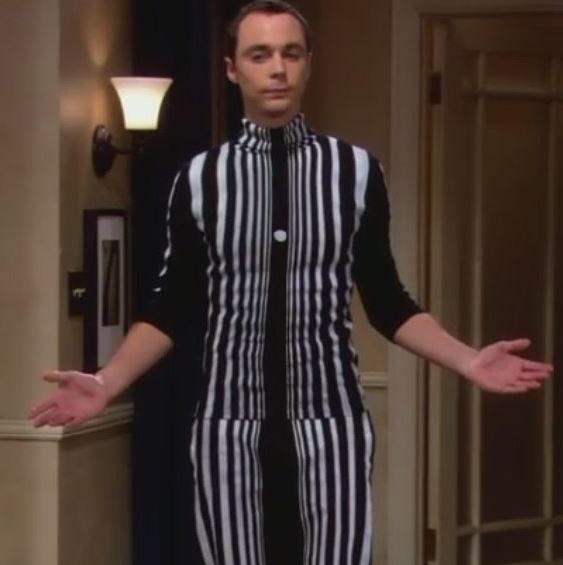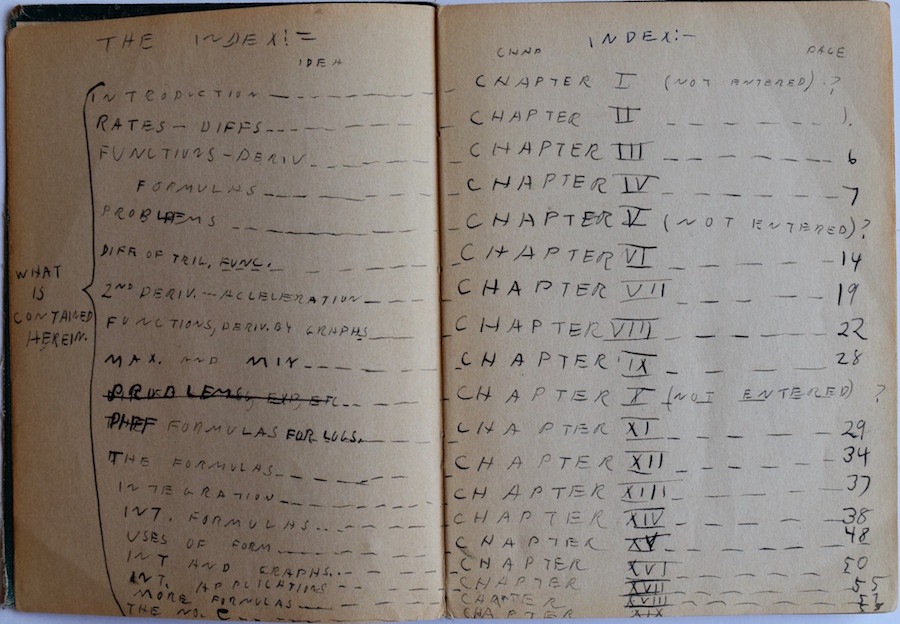












According to a study, 40% LGBTQ scientists remain closeted at work. While we don't think this post will drastically change the mindset but it will hopefully serve as a conversation starter. Here is a list of LGBTQ scientists who changed the world.
He was a British mathematician who is well known as the father of theoretical computer science and artificial intelligence.
His pivotal role in the second world war was documented in award winning movie The Imitation Game which starred Benedict Cumberbatch.
Turing was arrested by the police because of his homosexuality in 1952. He chose chemical castration over going to prison to focus on his work. However, he went into depression soon after.
Turing committed suicide in 1954 by eating an apple laced with Cyanide. It is said that the logo of Apple computers is a homage to Turing.

In 1999, Time magazine named Alan Turing as one of the 100 most important people of the twentieth century. Later on, an official apology by the British government was also made.
In 2005, schools across UK included lessons on modern as well as historical gay icons such as Freddie Mercury and Isaac Newton respectively.

While many biographers, including Richard Westfall in his 1000 page account of Newton, argue that Newton was homosexually inclined (focusing particularly on his close relationship with the Swiss mathematician Nicolas Fatio de Duillier) others are not so keen.
Still, people find it rather odd that a figure as popular as Newton may have died a virgin.
When asked to answer on Newton's personal life, a Quora user jokingly commented: Newton was closeted of course, as men of his time had to be. But he gave a big hint by shining a rainbow for all to see.
Renaissance society did not have the idea of firm sexual orientation that prevails today and many men were in practice bisexual.
According to Walter Isaacson's biography, Leonardo Da Vinci lived life as an openly gay man and while that is the generally accepted position, some say that the artist and inventor was celibate.
The only written evidence, so far as his personal life is concerned, is a 1476 document in which Leonardo was charged with sodomy involving a well-known male prostitute.
Since that date, much has been speculated and written about his presumed homosexuality and especially its role in his art.
He is known as father of modern science thanks to his invention of an empirical method of doing science which is called the scientific method. Historical notes, such as letters exchanged between Bacon's mother and brother, have shown that he was primarily attracted to men.
She was an American astronaut and physicist who became the first American woman to go to space. Ride was only 32 years old at the time of this achievement and remains the youngest American to have been to space.
She was in a private relationship with former Tennis player and science writer Tam O'Shaughnessy. They were together for 27 years until Ride's death due to pancreatic cancer.

We all know Richard Feynman as a Nobel Prize winner and a beloved teacher whose lectures on physics are enjoyed by millions of people. It would be interesting to know how Feynman became so imaginative and curious about the world. How did Feynman learn physics and mathematics? Let's find out in this post.
When asked in an interview, if anybody could become a physicist like him, Feynman candidly replied: "Of course. I was an ordinary person who studied hard. There are no miracle people. It just happens. They got interested in this thing and they learned all this stuff."
The young Richard Feynman was largely influenced by his father, Melville Feynman, who encouraged his son to ask questions and challenge orthodox thinking. Melville was a sales manager but he always wanted to become a scientist himself.
Feynman recalled: "The most important thing I found out from my father is that if you asked any question and pursued it deeply enough, then at the end there was a glorious discovery of a general and beautiful kind."
Feynman also learned from his father the difference between knowing and understanding. For instance, you can know the name of a bird in all the languages of the world, but when you're finished, you'll know absolutely nothing whatever about the bird.
Feynman goes on to comment: "I don't know what is the matter with people: they don't learn by understanding; they learn by some other way – by rote or something. Their knowledge is so fragile."
When Feynman found a subject which interested him, he was not the kind to wait for the right teacher to come along; Feynman was determined to master the topic by himself. This is how he practiced early on the art of teaching.
For example, Feynman self-studied calculus at the age of 14 by reading Calculus for the practical man. This and other books written by James Edgar Thompson, such as Algebra for the practical man intrigued him.
 |
| Table of contents. Picture credit: Melinda Baldwin |


 |
| Carl Sagan and Hans Bethe share the stage at Cornell |